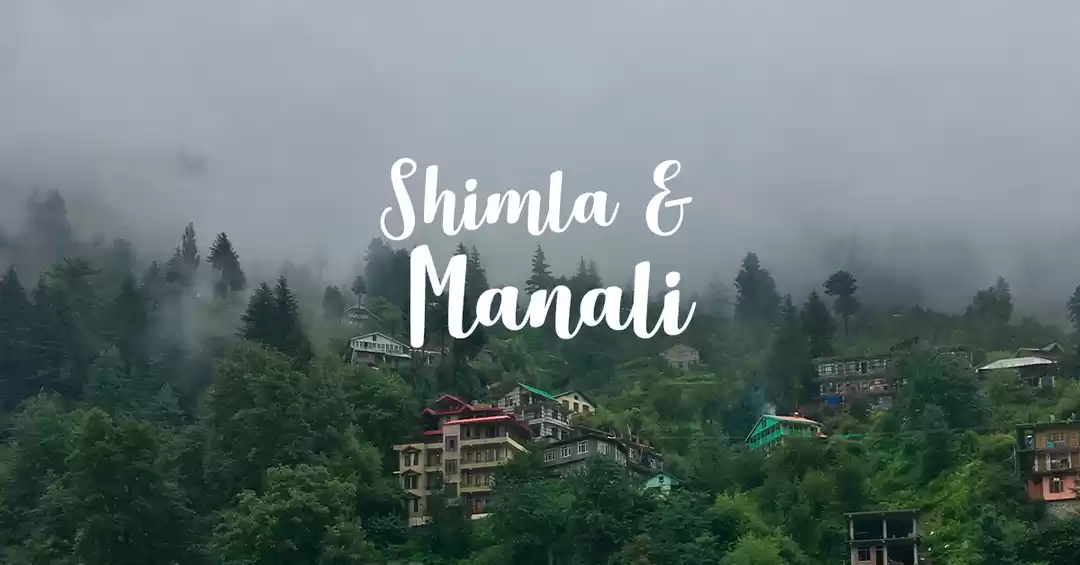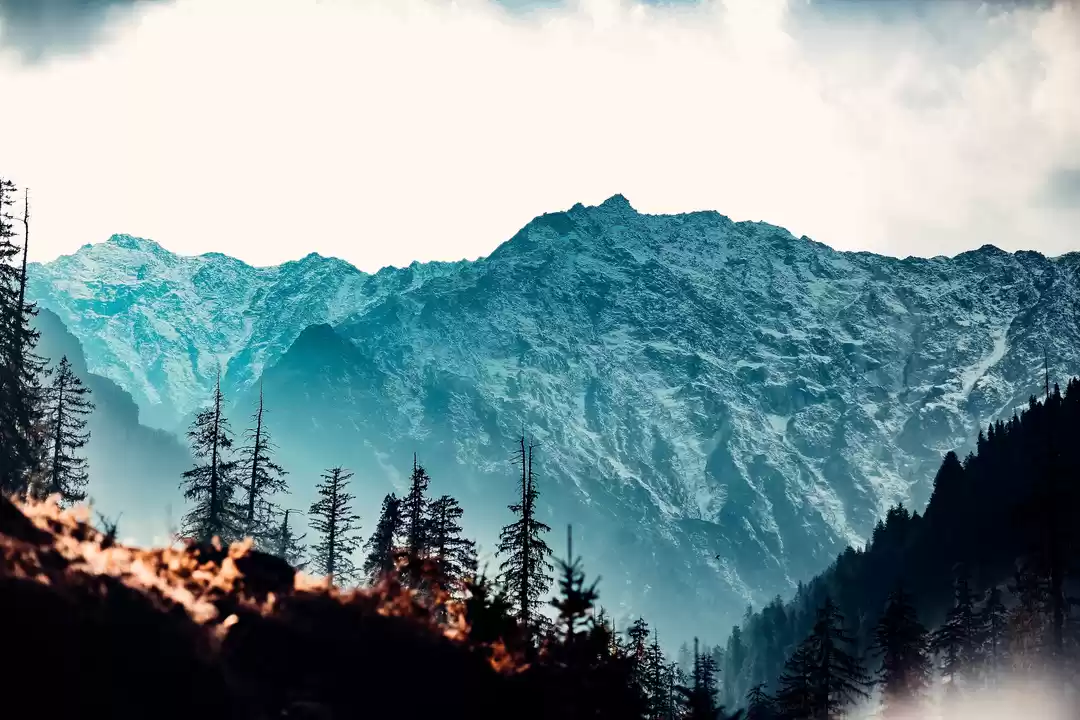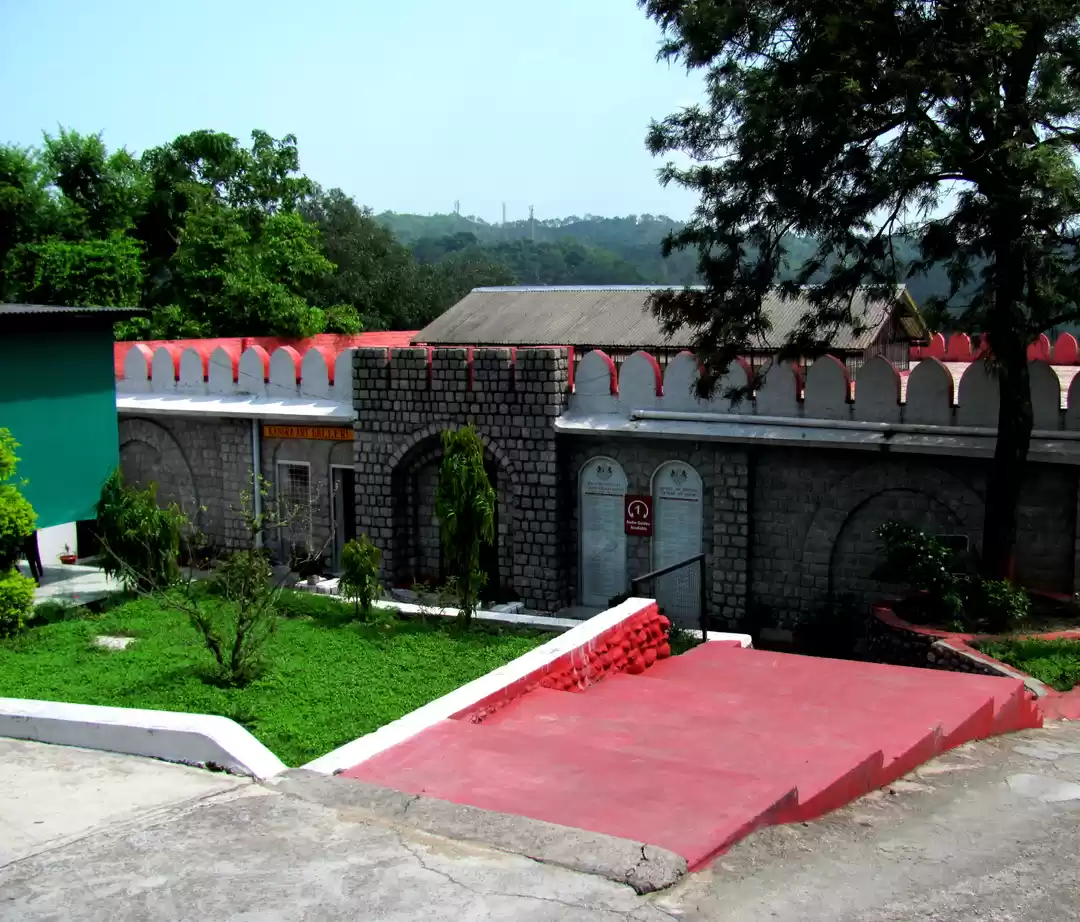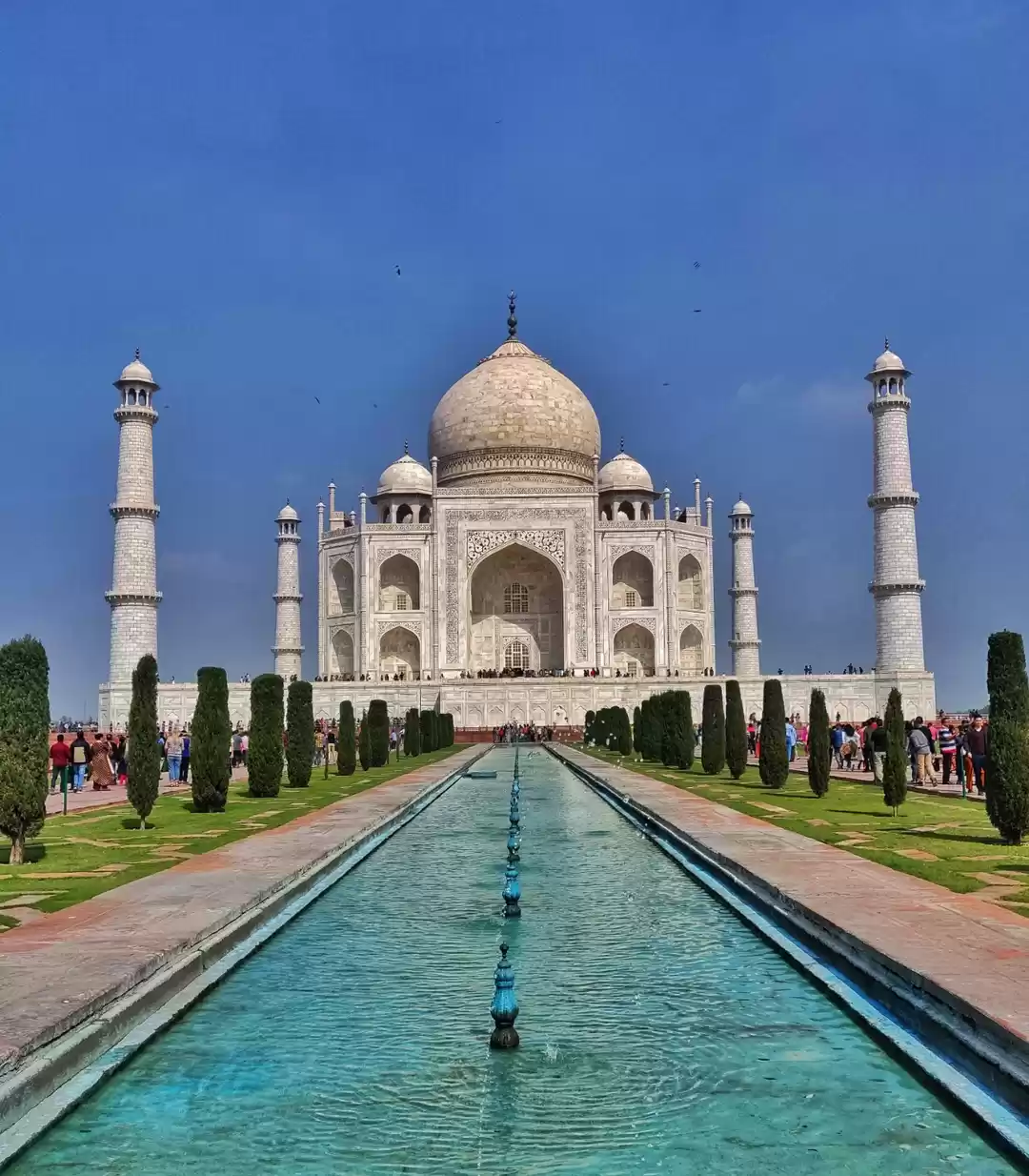
My trip to Himachal Pradesh has been quite a mix of adventure, history, and natural beauty. One of the historic visits was to Kangra Fort, an ancient fort located near Dharamshala. According to the Archaeological Survey of India, Kangra Fort is the largest fort in the Himalayan region. Spanning over an area of about 462 acres, it is believed to be the eighth largest fort in India. Visiting historic places and learning about the interesting tales associated with such places had always been my interest.
Hence the fort, the history behind it, and its structural beauty enticed me a lot. In this article, I am going to share my experience.
The history
Kangra Fort was believed to be constructed about 3500 years ago by Maharaja Susharma Chandra, the king of the Katoch dynasty. Several attempts were made by the Mughal ruler Akbar to conquer the fort. However, in 1556, Raja Dharam Chand yielded to Akbar and renounced the claims to the fort. Ultimately in 1620, Mughar Emperor Jahangir defeated and killed Raja Hari Chand, the then king of the Katoch dynasty.

Once the Mughal empire started to decline, Raja Sansar Chand Bahadur II of the same dynasty along with the Sikh leaders captured the fort back again. In 1809, the fort was handed over to Maharaja Ranjit Singh, who helped Sansar Chand in retaining the fort from the Gurkhas. Finally, in the year 1846, the Kangra fort was captured by the British following the Anglo-Sikh war. Sadly the fort suffered massive damage during the earthquake of 4th April 1905.

The historic walk
Once you reach in front of the Kangra fort, you will feel the grandeur of the huge walls and gates made of black stones. There are two courtyards inside the fort. One is the palace courtyard which is present at the highest point of the fort. Another is just below it which contains three temples carved out of stone - Ambika Devi, Laxmi Narayan, and a Jain temple.

The fort has 11 gates. At the entrance, you need to enter through a small iron gate that opens up to a small courtyard. The courtyard is enclosed by two gates that have inscriptions belonging to the Sikh period. The first defence gate or Andheri Darwaza lies outside the main temple. Next, you need to walk along a long and narrow passage with steps and surrounded by huge walls. You will come across the Ahani and Amiri Darwaza, the two gates named after the first Mughar governor of Kangra, Nawab Saif Ali Khan.

After a climb of about 500 to 600 feet, there are some sharp turns and bends which lead to the Jehangir Darwaza. Another is the Darsani Darwaza, enclosing the temple courtyard. You can find statues of goddesses Ganga and Yamuna. The next gate that leads from it is the palace gate or Mahlon ka Darwaza.

There are 23 bastions and 21 treasure wells inside the fort. Each well measures about 4 meters in depth and 2 and a half meters in circumference.

A unique experience
Relishing the history of ancient India and appreciating the efforts of the artisans, and designers in building such a massive structure, enhanced my experience. An experience I would like to carry with me forever. The effort that was spent to bring up such an amount of defence against the enemies, is truly inspiring. As I climbed along the passage and steps, I could feel the aura around me. Such was the thought process imbibed in to construct a fort, with multiple gates, storage for treasures, and a strong defence mechanism.

How to reach?
The fort is located at a distance of about 20 km from Dharamshala. So if you happen to stay at Dharamshala then you can avail a cab or a public bus to reach the place.

I recommend visiting Kangra Fort as part of the Himachal Pradesh itinerary, and you will not regret it.
Ready to travel for free? Earn credits and redeem them on Tripoto’s weekend getaways, hotel stays and vacation packages!




































